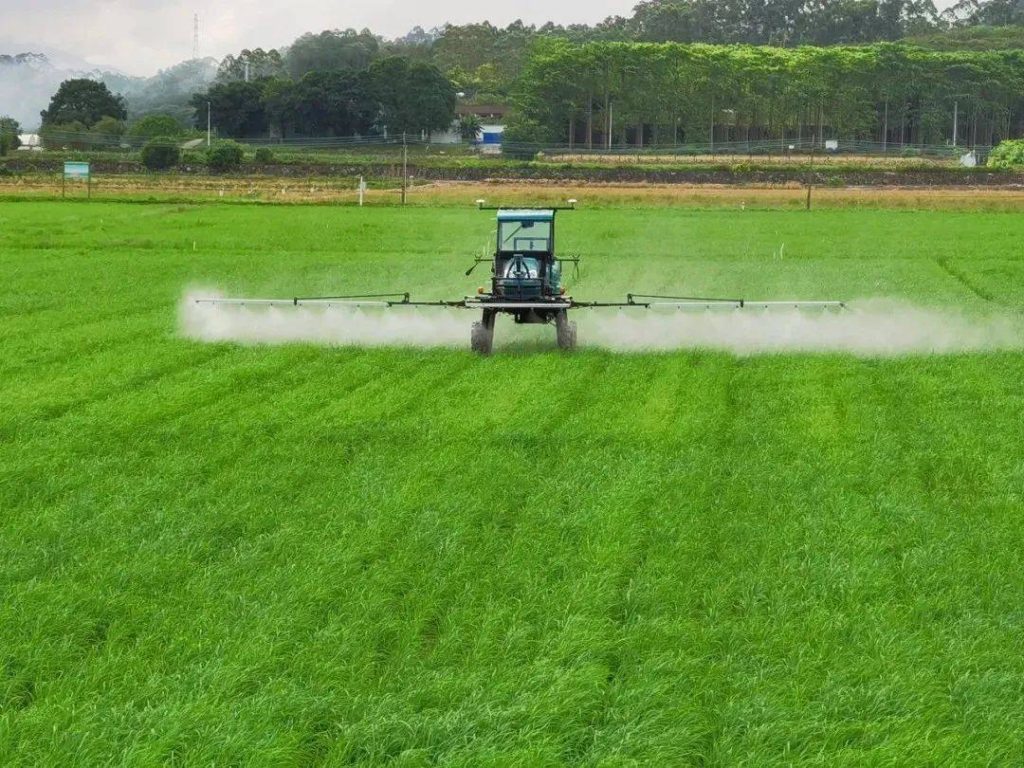Unmanned Aerial Vehicles (UAVs) have carved out a significant niche in precision agriculture, particularly when it comes to crop protection. These versatile machines offer a range of capabilities that are revolutionizing the way farmers safeguard their crops against pests, diseases, and other threats. In this article, we’ll explore the multifaceted role of UAVs in modern agriculture and their impact on sustainable crop protection.
The traditional methods of crop protection often relied on broad-spectrum pesticides applied uniformly across fields. This approach not only wasted resources but also harmed non-target species and the environment. UAVs equipped with specialized cameras and sensors have changed the game by providing farmers with detailed, real-time data about their fields.
One of the most significant advantages of UAVs in crop protection is their ability to perform aerial surveys. These surveys capture high-resolution images and data, allowing farmers to identify pest hotspots, disease outbreaks, and other issues early in the growing season. Armed with this information, farmers can take targeted and timely action, reducing the need for widespread pesticide applications.
Furthermore, UAVs enhance the precision of crop protection. They can be programmed to follow specific flight paths and apply treatments with pinpoint accuracy. This precision minimizes chemical runoff, reduces pesticide residues on crops, and ensures that the right amount of treatment is applied where it is needed most.
Another noteworthy feature of UAVs is their ability to monitor crop health continuously. By using spectral sensors to analyze the reflected light from plants, these drones can detect subtle changes in plant physiology that may indicate stress, nutrient deficiencies, or disease. Early detection enables farmers to address issues proactively, often without the need for chemical intervention.
From an environmental perspective, the use of UAVs in crop protection is a significant step forward. By reducing the overall use of pesticides and fertilizers, these drones contribute to improved soil and water quality. They also help preserve beneficial insects and wildlife, fostering biodiversity in agricultural landscapes.
Looking ahead, the future of UAVs in crop protection holds immense promise. The integration of artificial intelligence and machine learning will enable drones to make real-time decisions about treatment strategies. Furthermore, the development of swarming technologies will allow fleets of drones to work collaboratively, covering vast areas efficiently.
In conclusion, UAVs have ushered in a new era of precision and sustainability in crop protection. Their ability to provide real-time data, target treatments, and reduce environmental impact makes them indispensable tools for modern agriculture. As the global population continues to grow, the role of UAVs in ensuring food security while minimizing agricultural’s ecological footprint becomes increasingly vital.







Please sign in to comment
register